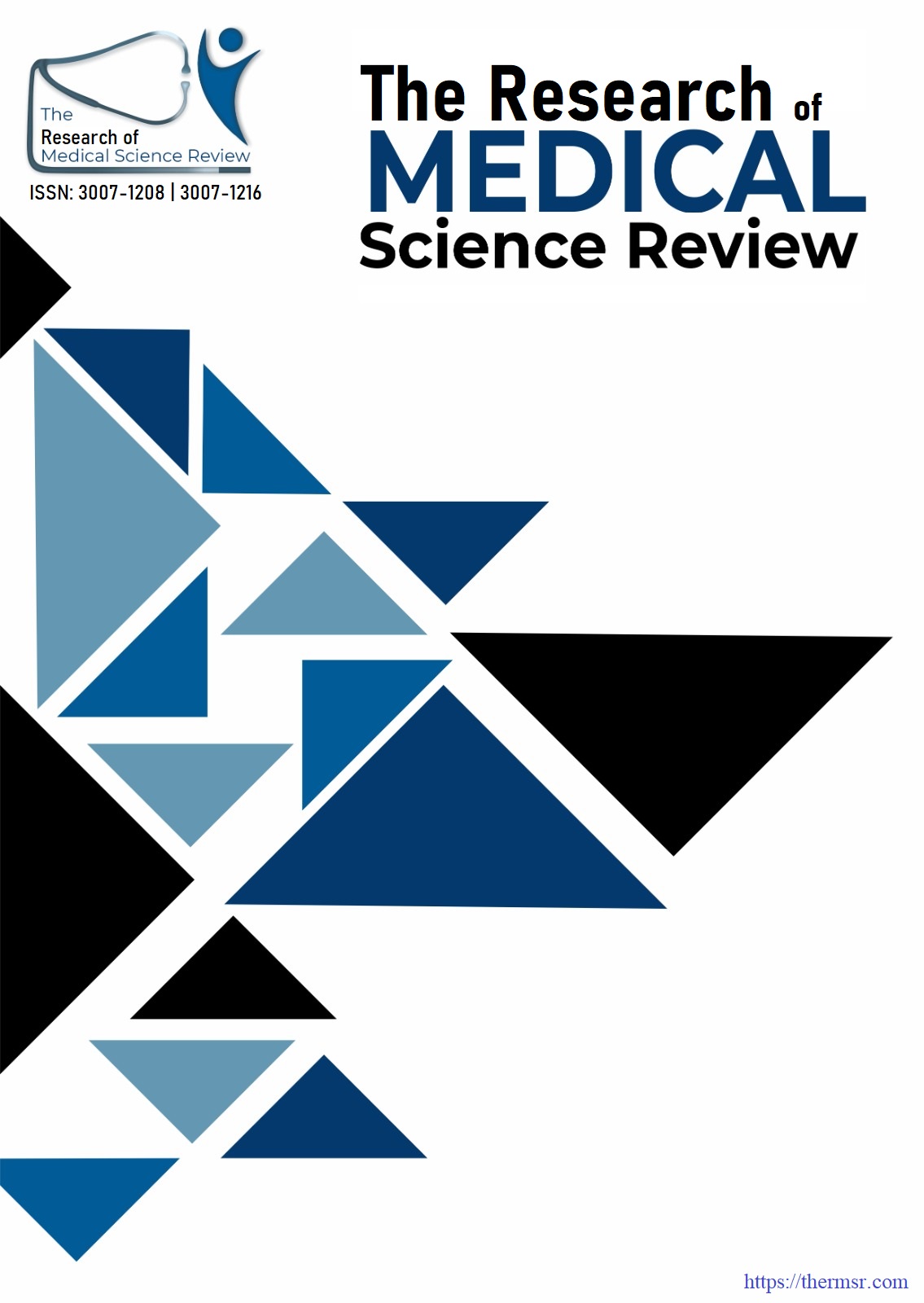FREQUENCY OF CULTURE PROVEN SEPSIS AND COMMON ISOLATES AMONG NEONATES ADMITTED IN NICU OF TERTIARY CARE HOSPITAL
Main Article Content
Abstract
Objective: To determine the frequency of culture proven sepsis (CPS) and to investigate the occurrence of various bacterial pathogens that lead to neonatal sepsis. Methods: This study is a descriptive cross-sectional analysis that focused on 124 neonates, ranging from birth to 28 days old, who were suspected to have neonatal sepsis. Samples of body fluids were sent to the hospital microbiology laboratory for determination of CPS and microbial spectrum. Results: The average age of the neonates was 6.5±3.6 days. Among the participants, there were 69 males (55.6%) and 55 females (44.4%). CPS was identified in 18 (14.5%) neonates. Regarding microbial spectrum, Acinetobacter baumannii was the most prevalent microorganism, found in 6 cases, accounting for 33.3% of the isolates. Following this, Klebsiella species were identified in 3 cases, representing 16.7%. Both Staphylococcus aureus (including MRSA) and Pseudomonas aeruginosa were each found in 2 cases, contributing to 11.1% of the total isolates. Escherichia coli, methicillin-resistant Staphylococcus epidermidis (MRSE), and Streptococcus pneumoniae were each isolated in 1 case, with each microorganism representing 5.5% of the frequency distribution. Conclusion: The frequency of culture-positive sepsis in the present study was 14.5%. Acinetobacter baumannii and Klebsiella species are common microbes causing neonatal sepsis.
Downloads
Article Details
Section

This work is licensed under a Creative Commons Attribution-NonCommercial-NoDerivatives 4.0 International License.
